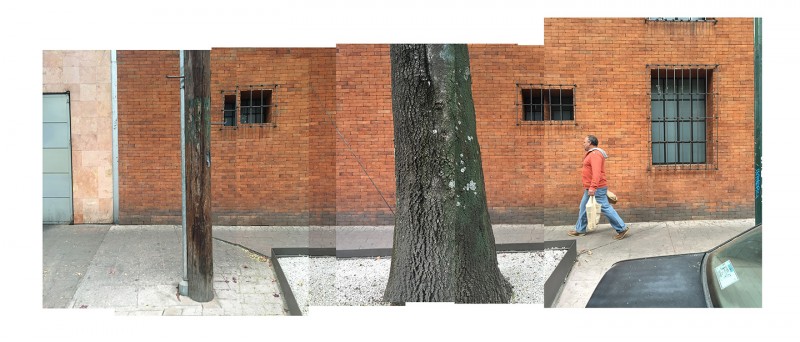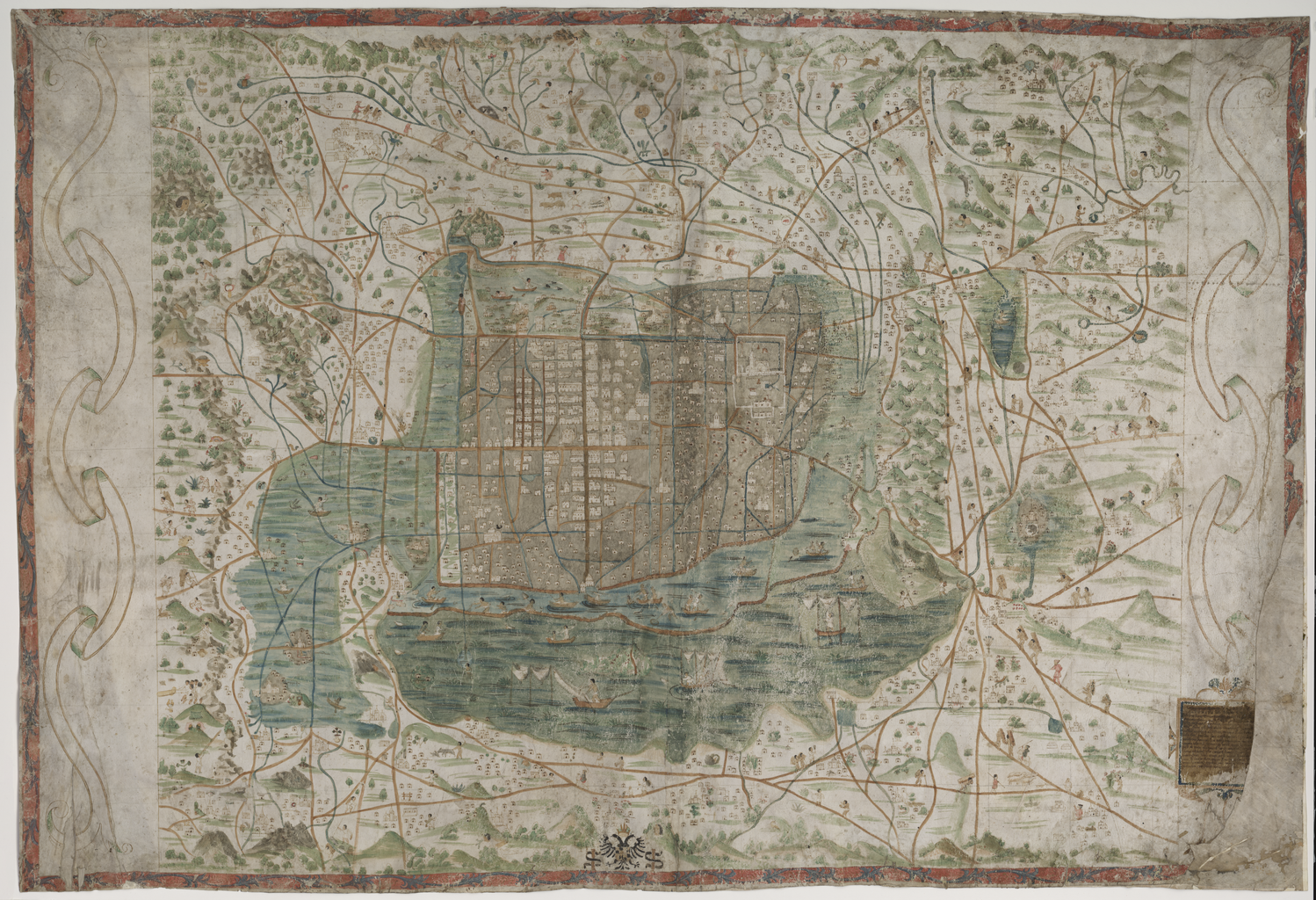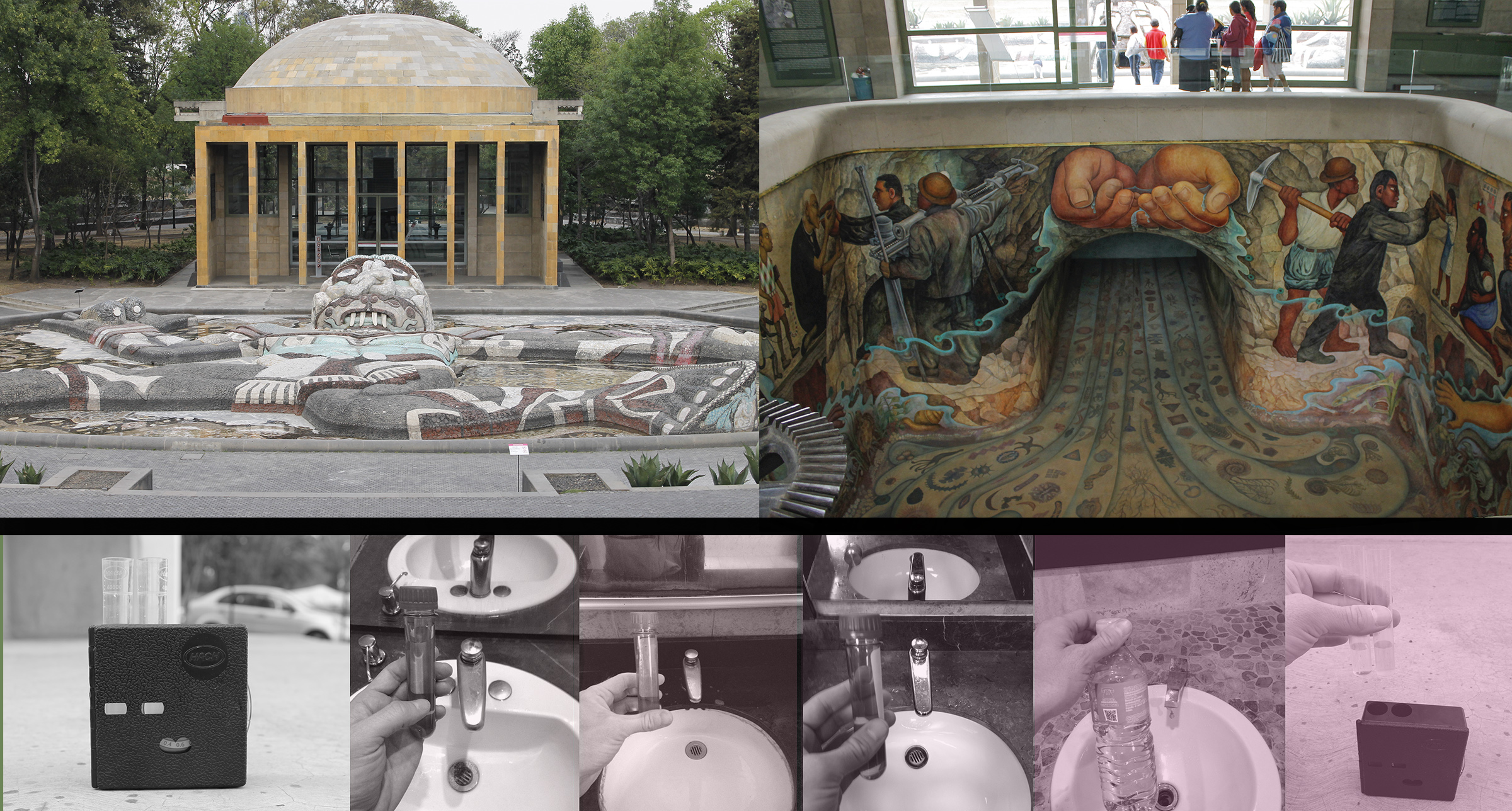Watermark: Flooding in Mexico City
by Myra Messner

I am studying flooding in Mexico City through examining the connections between the built environment and lived experience. As flooding happens in multiple, diverse areas of Mexico City, I hope to see if there are commonalities and/or differences between neighborhoods in the way that water infrastructure has been built and serviced and how residents experience and think about flooding. My current neighborhoods of interest are La Condesa and Ecatepec/Chalco/Iztapalapa.
I am currently collecting data in Mexico City using a variety of methods common to landscape architecture: photographs and photo collages, onsite sketches, sectional drawings, and notational maps. These are crucial to understanding water infrastructure on the scale of the street, the human scale. I am supplementing this information using interviews, a technique that is new to me as a landscape architecture student, and news articles and videos.
When I am back in Berkeley, I will connect my research focusing on the human scale to larger neighborhood and city systems of drainage infrastructure, politics, and rhetoric.
The Lerma Waterworks: Modern Infrastructure and Bodies of Water in Mexico City
by Rafael Tiffany
As water circulates through the city, it organizes life, directing urban form and social relationships; it animates living worlds as it moves through, around, and away from communities, determining their possibility as well as foreclosure. The importance of clean, reliable water provision for the city’s modern identity, as created by the vast Cutzamala aqueduct system, was given monumental form at the Cárcamo de Dolores in Chapultepec Park. This has been my primary site of inquiry. The mid-20th c. architecture and the murals designed by Diego Rivera, entitled “Agua, Origen de la Vida,” narrate the journey of water as it flows continuously from the Mexica past, out of the hands of Tlaloc, and into the modern present. Along the way, Rivera represents water as bridging distinct locations, cultures, and social classes. Water is the medium for evolutionary and technological change. This rendering, however, does not account for today’s disparity in water access in the city today. It does not display water’s breakdown in integrity as it moves through the urban infrastructural systems, moving from (imaginary) pure substance to one that accrues chemicals, toxic materials, and microscopic organisms.
In this project, I am investigating the range of water quality across Mexico City as a way to begin updating the story presented at the Cárcamo. I am interested in the troubling reality of water access in the city, and general mistrust of water, as a common thread among its residents. In a recent ad campaign the city has recently urged them to “drink the water.” Human bodies are receptive to the circulation and deposition of substances and microflora conveyed by the water that they drink in the city: so what would it mean to abandon water bottles and coca cola and rely on the municipal water alone? How much does quality change throughout the city? Through this investigation, which will include further historical study of the site and research on biotic and abiotic contamination and material transformations of water in the urban system, I will also propose a speculative intervention that brings to bear a broader range of aquatic meanings and values to the site.

